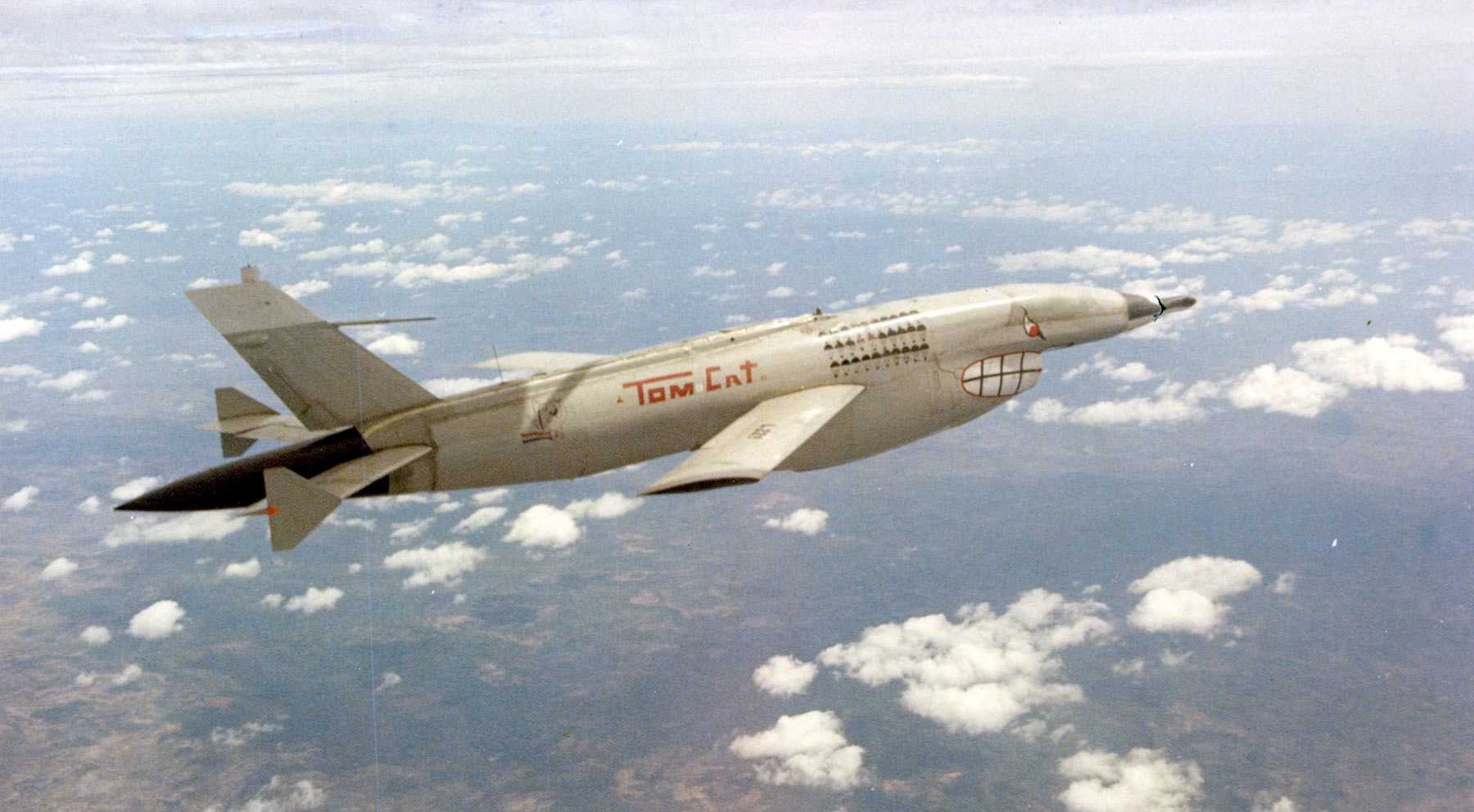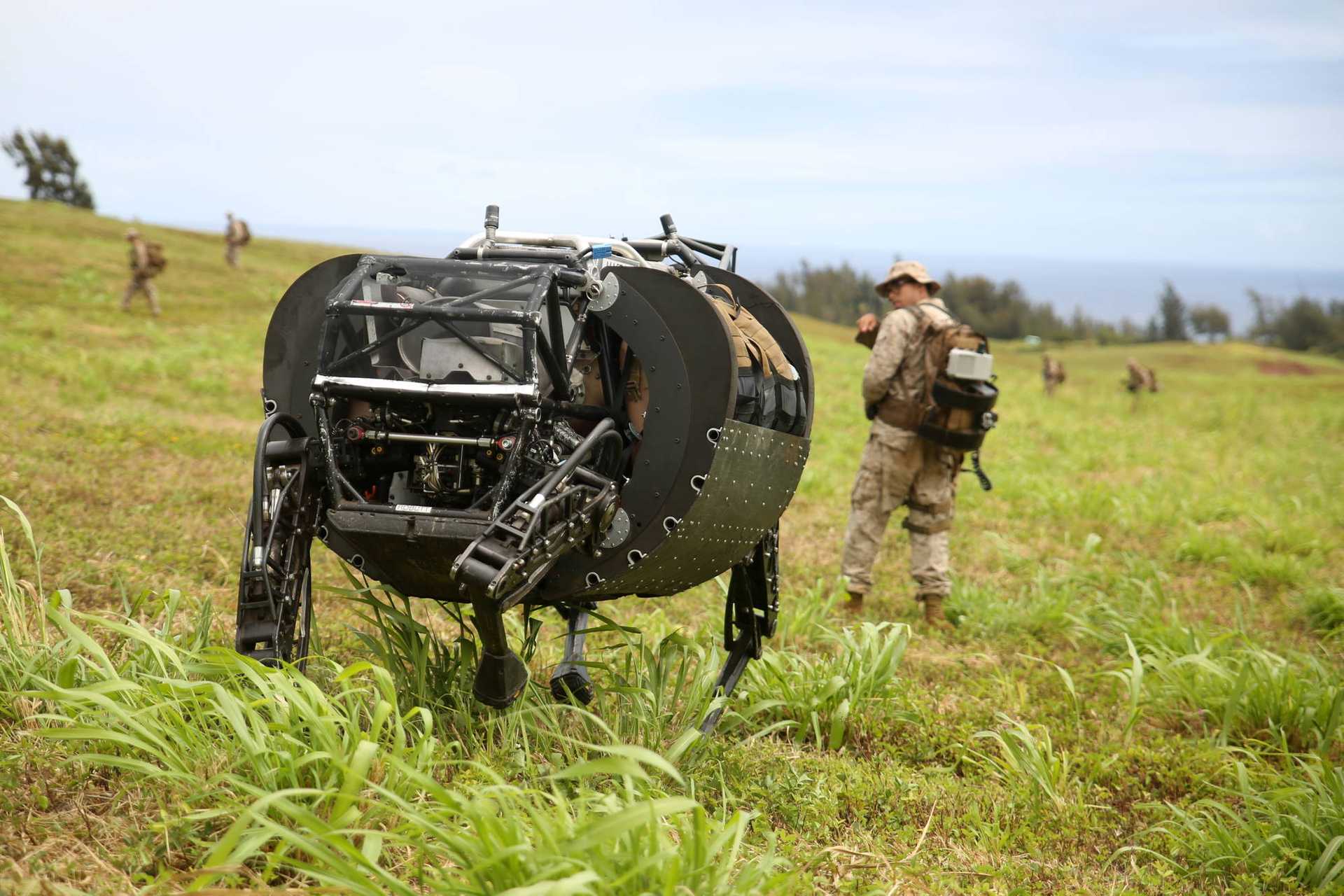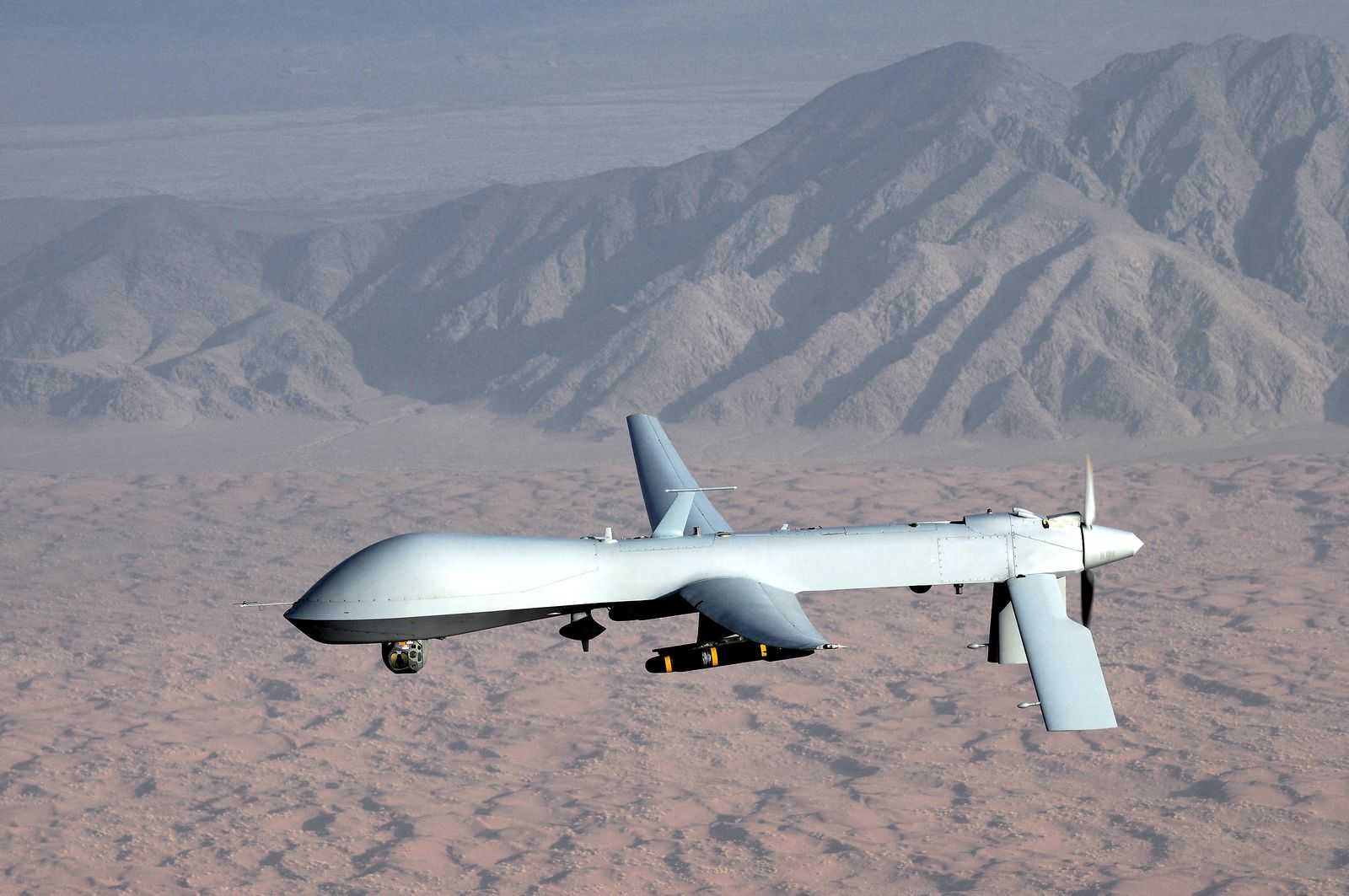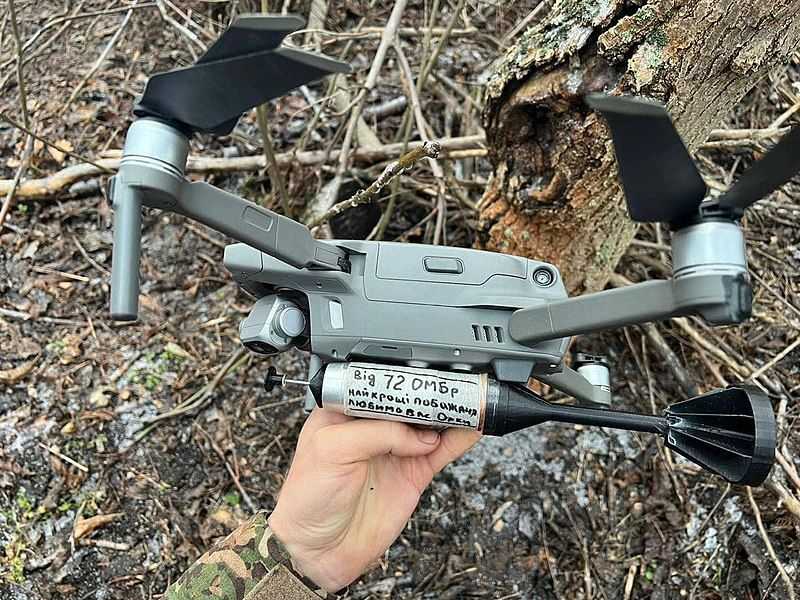The long history of the uncrewed system
The current state of drone proliferation and regulation
When it comes to proliferation, it has become almost impossible to keep track of which country has procured military drones, at least when working with unclassified sources. Many projects that at least tried to keep tabs on the situation, have stopped operating, including the renowned “World of Drones” project, run by the New America Foundation2. Who knows where the next container with Shaheds, Orlans or ZT-180s will end up? We do not know and we will not know, so we should not create the impression that we somehow do. However, it is fair to assume that more than 100 countries have developed and/or procured military drones so far and that around 40 were in possession armed drones in the early 2020s.3 Even tracking those countries which used armed drones in combat has become difficult, to say the least. As the following chart shows, up until the mid-2010s, only a handful of countries actively used combat drones, but since then, more and more states have been using these weapons. It is fair to say that drones have become a rather common sight on the battlefields worldwide and that classifying them as an ‘emerging technology’ is a bit of a stretch.
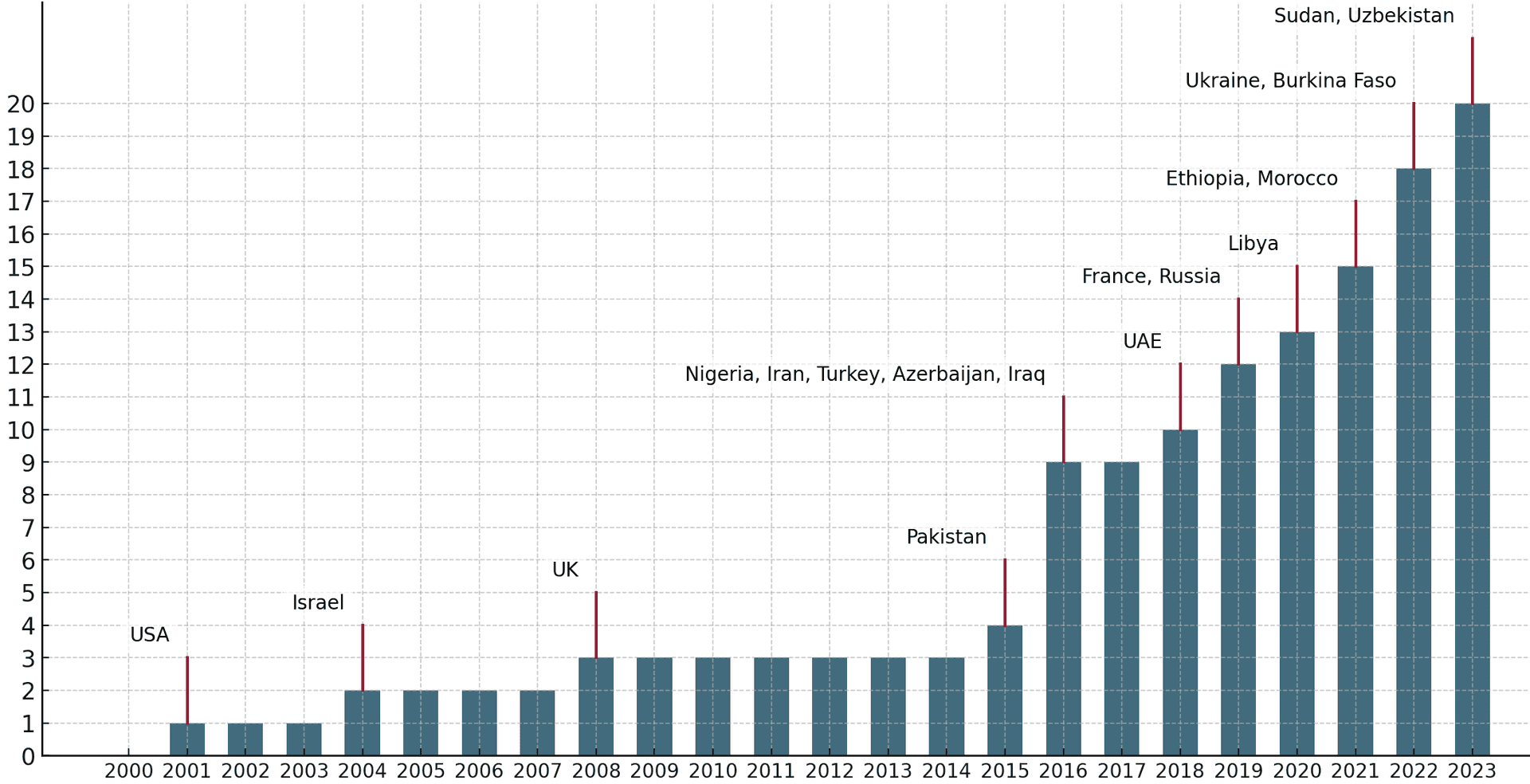
The success of the military drone is partly due to the fact that in the 2000s, when not many countries were using this technology, which at the time was still new, it was not possible to introduce international restrictions let alone a ban on the use of military drones. Only a few arms control or export control regimes mention uncrewed vehicles explicitly. Another reason was the advent of new drone manufacturers such as China and Turkey. To understand the rise of these manufacturers, we have to look at what is (still) the most relevant regime covering military drones – the Missile Technology Control Regime (MTCR, also see LU12).5 The MTCR is, according to its website, ‘an informal political understanding’ among 35, mostly Western states ‘that seek to limit the proliferation of missiles and missile technology’. When the regime was formed in 1987, unmanned aerial vehicles were included as at that time people expected drones to serve as yet another delivery vehicle for weapons of mass destruction, rather than a cheap platform for conventional ammunition. For the USA in particular, however, the MTCR was, for a long time, one of the main hurdles to the export of military drones, which meant that only its closest allies, such as the UK, were allowed to import state-of-the-art drones such as the Predator or Reaper. But this opened opportunities for non-MTCR-member China to sell its drones worldwide while creating dependencies. Turkey, on the other hand, started developing its own drone industry after being unable to import US models, becoming one of the most in-demand drone producers in the world. In 2020, however, the US government decided to reinterpret the MTCR guidelines to allow more US combat drones to fall into the less restrictive category II6.
Other regimes worth mentioning in this context are the Arms Trade Treaty (ATT), the Wassenaar Arrangement, the Treaty on Conventional Armed Forces in Europe (CFE Treaty) and the Intermediate-Range Nuclear Forces (INF) Treaty see LU12.
International treaties and regimes relevant for uncrewed systems
Missile Technology Control Regime (MTCR)
Missile Technology Control Regime
Restricts export of missile and drone technology.
Founded in 1987. 35 members, not a treaty, but a voluntary informal political understanding among states.
Distinguishes between two categories:
- Category I includes rocket and unmanned aerial vehicle systems with a payload of 500 kg and above and a range of at least 300 km. Regardless of export purpose: ‘strong presumption of denial’.
- Category II includes rocket and unmanned aerial vehicle systems with a payload of below 500 kg and a range of at least 300 km. Subject to strict licensing requirements.
Since 2020, however, the US has decided to treat UAVs with a maximum speed of less than 800 km/hr as Category II, even if all other characteristics place them in Category I. The aim of this policy change is, among other things, to ‘increase trade opportunities for US companies’, to ‘strengthen bilateral relationships’ or to ‘bolster partner security and counterterrorism capabilities’.7
Missile Technology Control Regime
The Missile Technology Control Regime (MTCR) is a multilateral, voluntary partnership to prevent the proliferation of missile and unmanned aerial vehicle (UAV) technology capable of delivering weapons of mass destruction (WMD). It focuses on controlling exports of missiles, equipment, software, and technology for missiles.
Arms Trade Treaty (ATT)
Regulates international trade of certain conventional arms.
Entered into force in 2014. 113 State Parties, 28 Signatories that are not yet State Parties, 54 states that have not joined.
Covers eight categories of weapons systems, including battle tanks, armoured combat vehicles, combat aircraft, attack helicopters and warships.
Arms Trade Treaty (ATT)
The Arms Trade Treaty regulates the international trade in conventional arms and aims to prevent illicit trading and diversions.
Current Adoption
Data: UNODA Treaties Database
Wassenaar Arrangement
Wassenaar Arrangement Entered into force in 1996. Voluntary arrangement comprising 42 states.
Aim: ‘to contribute to regional and international security and stability, by promoting transparency and greater responsibility in transfers of conventional arms and dual-use goods and technologies, thus preventing destabilising accumulations’. ‘Participating States apply export controls to all items set forth in the List of Dual-Use Goods and Technologies and the Munitions List, with the objective of preventing unauthorized transfers or re-transfers of those items.” Specific UAVs or relevant technologies are controlled in the Arrangements Dual Use List, Category 9.
Wassenaar Arrangement
The Wassenaar Arrangement is a multilateral export control regime established on July 12, 1996, in Wassenaar, Netherlands. It aims to promote transparency and responsibility in transfers of conventional arms and dual-use goods and technologies, thereby preventing destabilizing accumulations. Participating states implement national policies to ensure that such transfers do not contribute to the development or enhancement of military capabilities that undermine regional and international security. The Arrangement facilitates information exchange on transfers and denials of specified controlled items to non-participating states, enhancing cooperation among members. It is not legally binding and decisions are made by consensus. The Wassenaar Arrangement's Secretariat is located in Vienna, Austria.
Intermediate-Range Nuclear Forces Treaty (INF) Treaty
Treaty on Elimination of Intermediate-Range and Shorter-Range Missiles between the US and USSR (INF Treaty). Entered into Force 1988.
Eliminated all intermediate-range ballistic missiles with a range between 500 and 5,500 km.
Ceased to be in force in 2019 after US withdrawal over alleged Russian violations.
There was a debate on whether long-range UAVs, such as US Raptors, should be covered by the treaty.
While the Russian position was that they should, the US position – in contrast to the MTCR understanding – made a clear distinction between UAVs and missiles and rejected the Russian interpretation.
Intermediate-Range Nuclear Forces Treaty (INF)
The Intermediate-Range Nuclear Forces (INF) Treaty was a landmark arms control agreement signed by the United States and the Soviet Union on December 8, 1987. It aimed to eliminate both nations' land-based missiles with ranges between 500 and 5,500 kilometers. The treaty resulted in the destruction of 2,692 missiles and included extensive verification measures, fostering trust during the Cold War. However, the treaty faced challenges due to alleged violations, leading to the U.S.'s withdrawal in 2019. Despite its termination, the INF Treaty set a precedent for arms control negotiations and efforts to limit the proliferation of nuclear-capable missile systems.
Current Adoption
Limitations of remotely controlled systems
Footnotes
-
Sauer, Frank/Schörnig, Niklas. 2012. “Killer Drones - The Silver Bullet of Democratic Warfare?”, in: Security Dialogue 43 (4): 363–80. ↩
-
https://www.newamerica.org/international-security/reports/world-drones/, last updated 30 July 2020. ↩
-
Based on https://dronewars.net/who-has-armed-drones/#TableB and https://www.newamerica.org/future-security/reports/world-drones/who-has-what-countries-that-have-conducted-drone-strikes. Other cases where the use is not clearly documented are Saudi Arabia (2015), Egypt (2016) and Somalia (2022). Uses by non-state actors have not been included. ↩
-
Schörnig, N. (2017). Preserve Past Achievements! Why Drones Should Stay within the Missile Technology Control Regime (for the Time Being). PRIF Report No. 149. Frankfurt, PRIF. ↩
-
https://www.armscontrol.org/act/2020-09/news/us-reinterprets-mtcr-rules ↩
-
https://2017-2021.state.gov/u-s-policy-on-the-export-of-unmanned-aerial-systems-2/ ↩

